Optimal Timing for Suspended Ceiling Installation
Suspended ceiling installations are best scheduled during periods of stable indoor conditions to ensure proper adhesion and alignment. Typically, the optimal time is when the building's interior environment is controlled, avoiding extreme temperatures and humidity levels that can affect materials and installation quality.
Spring and early fall often provide moderate temperatures and humidity, making them suitable for suspended ceiling installation projects.
Avoid installations during periods of high humidity, heavy rain, or extreme temperatures to prevent material issues and delays.
Scheduling during times of low occupancy minimizes disruptions and allows for efficient installation processes.
Advance planning ensures materials are available and conditions are optimal, reducing the risk of delays.

Ways to make Suspended Ceiling Installations work in tight or awkward layouts.

Popular materials for Suspended Ceiling Installations and why they hold up over time.
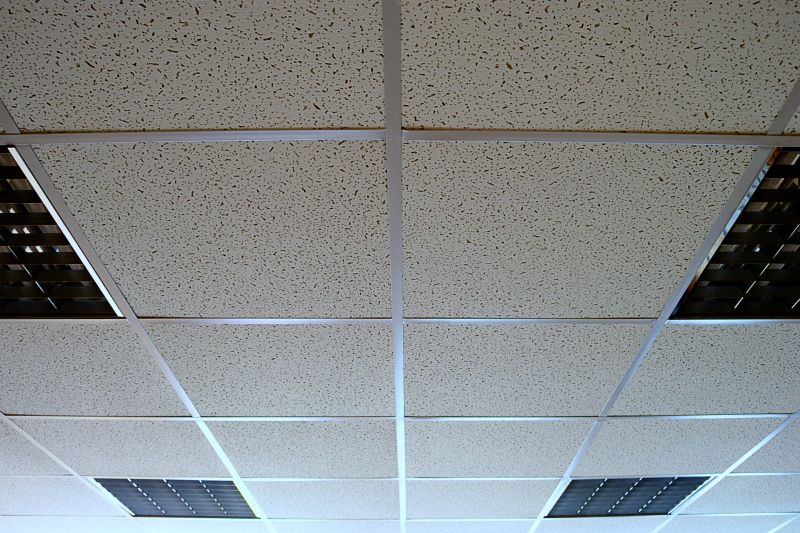
Simple add-ons that improve Suspended Ceiling Installations without blowing the budget.

High-end options that actually feel worth it for Suspended Ceiling Installations.
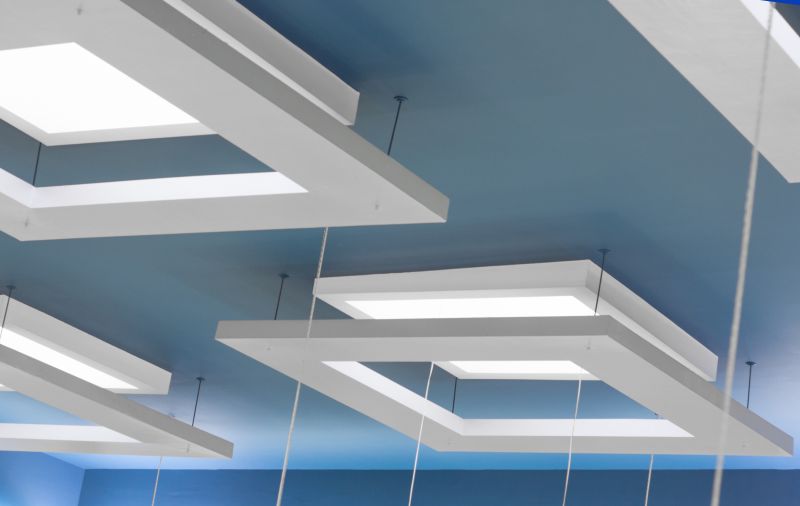
Finishes and colors that play nicely with Suspended Ceiling Installations.
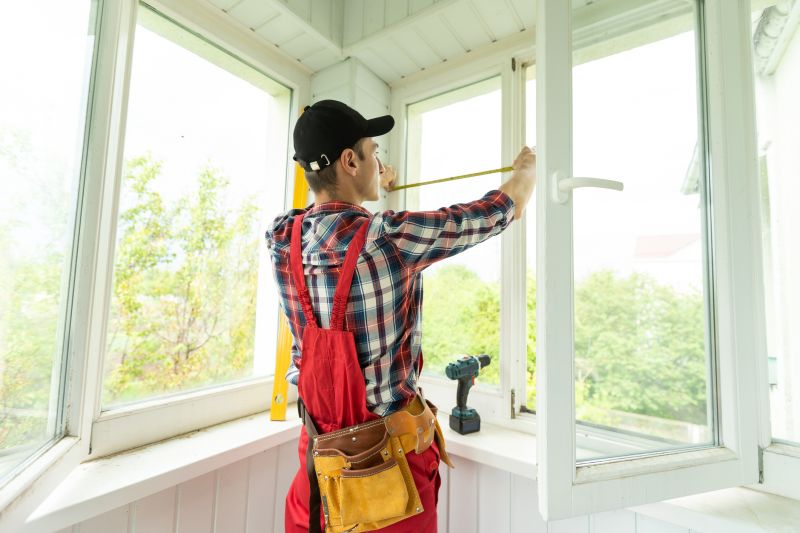
Little measurements that prevent headaches on Suspended Ceiling Installations day.
Suspended ceiling installations involve suspending a grid framework from the structural ceiling, then fitting ceiling tiles or panels into the grid. This method offers flexibility in design, access to electrical and HVAC systems, and improved acoustic properties. Proper timing ensures materials are not affected by environmental factors, which can compromise the integrity and appearance of the ceiling.
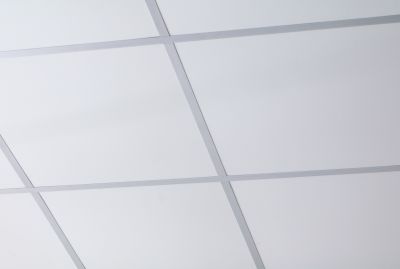
A 60-second routine that keeps Suspended Ceiling Installations looking new.
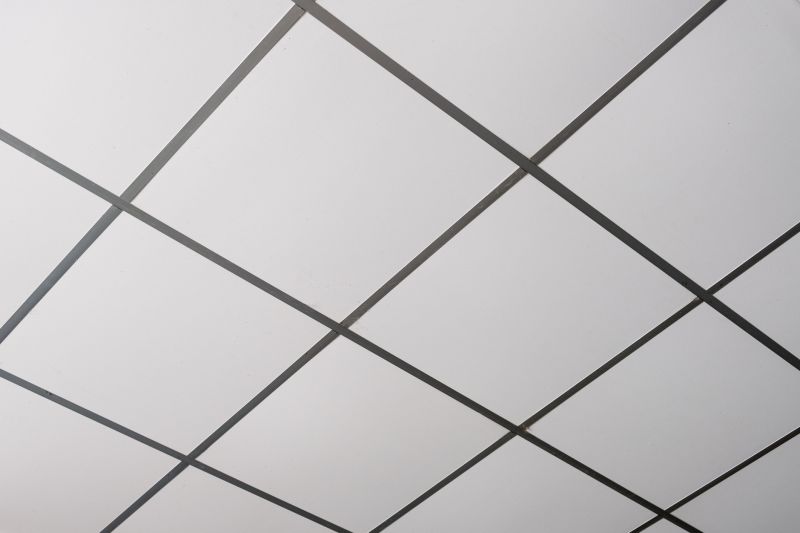
A frequent mistake in Suspended Ceiling Installations and how to dodge it.
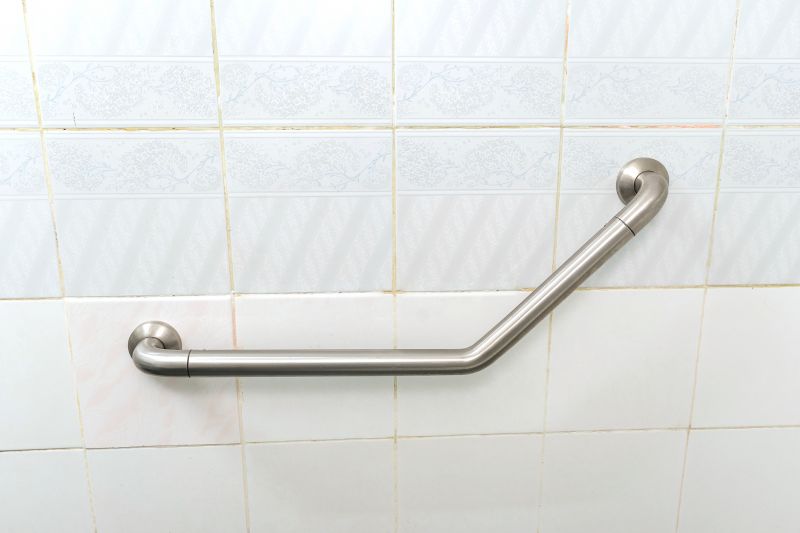
Small tweaks to make Suspended Ceiling Installations safer and easier to use.

Lower-waste or water-saving choices for Suspended Ceiling Installations.
| Factor | Optimal Conditions |
|---|---|
| Temperature | Between 65°F and 75°F |
| Humidity | Below 60% |
| Occupancy | Low occupancy periods |
| Season | Spring or early fall |
| Indoor environment | Stable with controlled climate |
| Project size | Allow sufficient time for large projects |
| Material delivery | Coordinate to avoid delays |
Scheduling suspended ceiling installations during periods of stable environmental conditions helps ensure the longevity and aesthetic quality of the ceiling. Proper planning minimizes potential disruptions and material issues, leading to a smoother installation process.

The short, realistic tool list for quality Suspended Ceiling Installations.

Rough timing from prep to clean-up for Suspended Ceiling Installations.

Quick checks and paperwork to keep after Suspended Ceiling Installations.

Examples that show the impact a good Suspended Ceiling Installations can make.
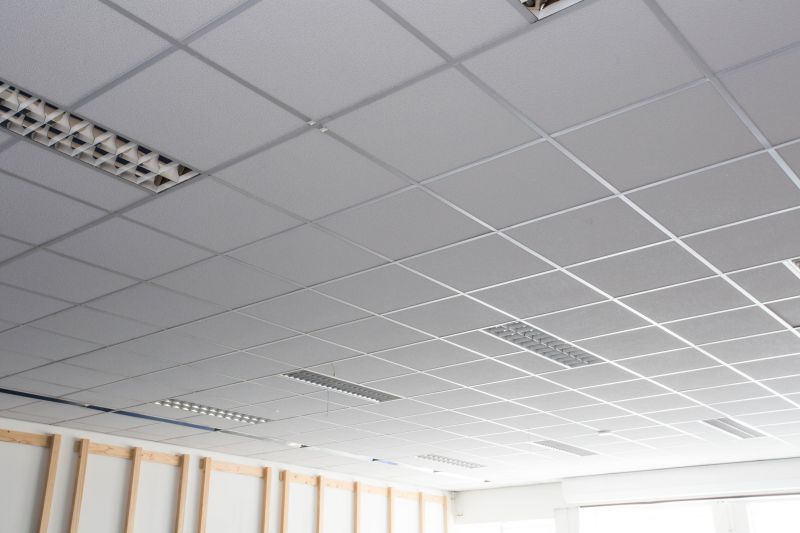
Ways to make Suspended Ceiling Installations work in tight or awkward layouts.
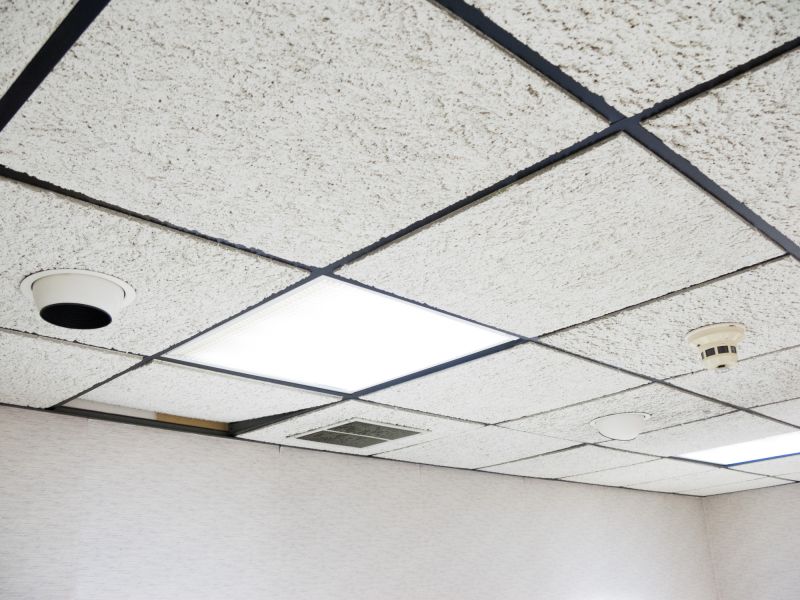
Ways to make Suspended Ceiling Installations work in tight or awkward layouts.
Interested in scheduling a suspended ceiling installation? Contact today to discuss project details and find the optimal timing for your space.
